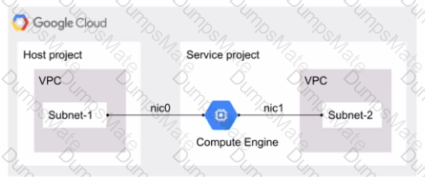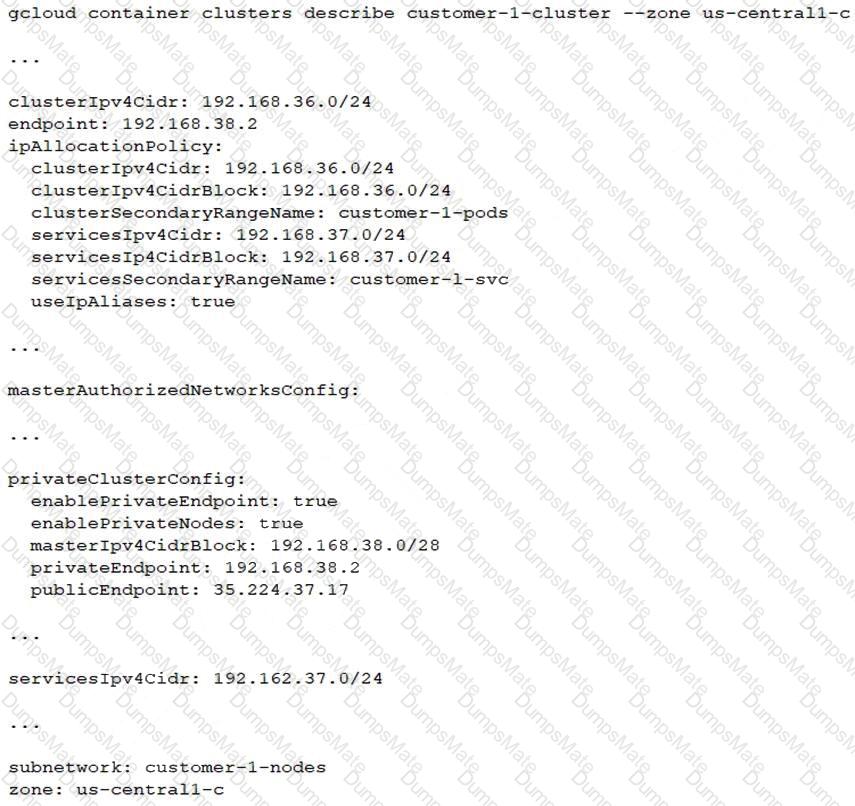You are planning to use Terraform to deploy the Google Cloud infrastructure for your company The design must meet the following requirements
• Each Google Cloud project must represent an Internal project that your team Will work on
• After an internal project is finished, the infrastructure must be deleted
• Each Internal project must have Its own Google Cloud project owner to manage the Google Cloud resources-
• You have 10-100 projects deployed at a time,
While you are writing the Terraform code, you need to ensure that the deployment IS Simple, and the code IS reusable With
centralized management What should you doo








